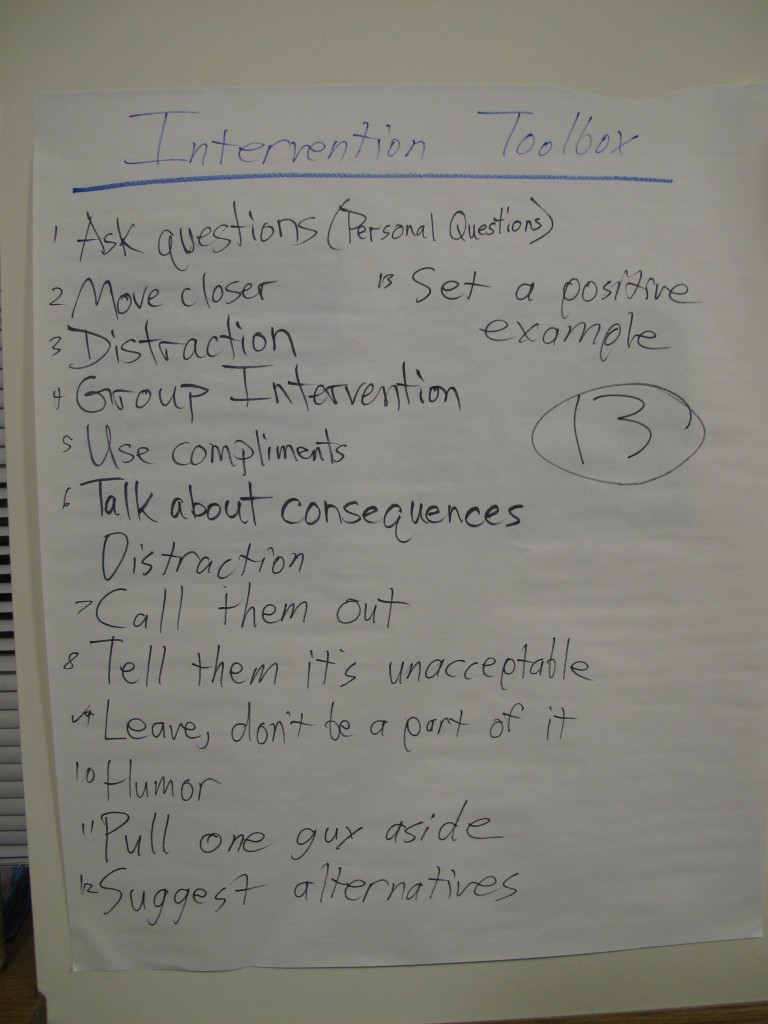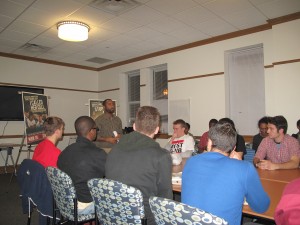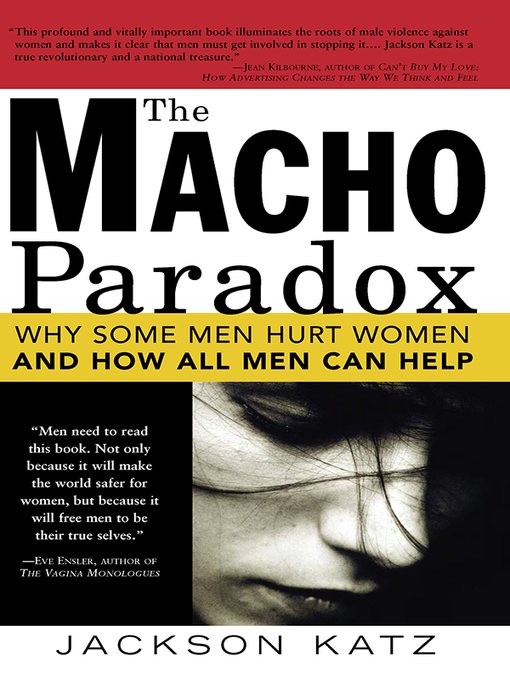“A number of men have asked us the same question recently: if you’re walking on a dark street near a lady, how can you let her know you’re not a threat? So this week, we offer some tips for dudes who’d like to help women feel more comfortable in public spaces,” writes Anna North on Jezebel.
In her article, you can find suggestions for how men can be non-threatening to women. The advice is given by Neal Irvin, executive director of Men Can Stop Rape, Joanne Smith, executive director of Girls for Gender Equity, Emily May, executive director of Hollaback!, and me, founder of Stop Street Harassment.
Here’s one example of the advice:
“Make a call.
Irvin described a time when he was walking behind a woman who was becoming visibly agitated by his presence. One trick he tried to set her at ease was calling his fiancee on his cell phone. Obviously just making a phone call doesn’t mean you’re not a threat — but it could be a way of showing a woman that you’re not focused on her. Depending on the situation, this could be enough to make her feel better.”
Read the rest at Jezebel and share the article widely with all the good guys out there!




 The cupcakes are here because, as part of the Pixel Project’s “
The cupcakes are here because, as part of the Pixel Project’s “



 Books:
Books: